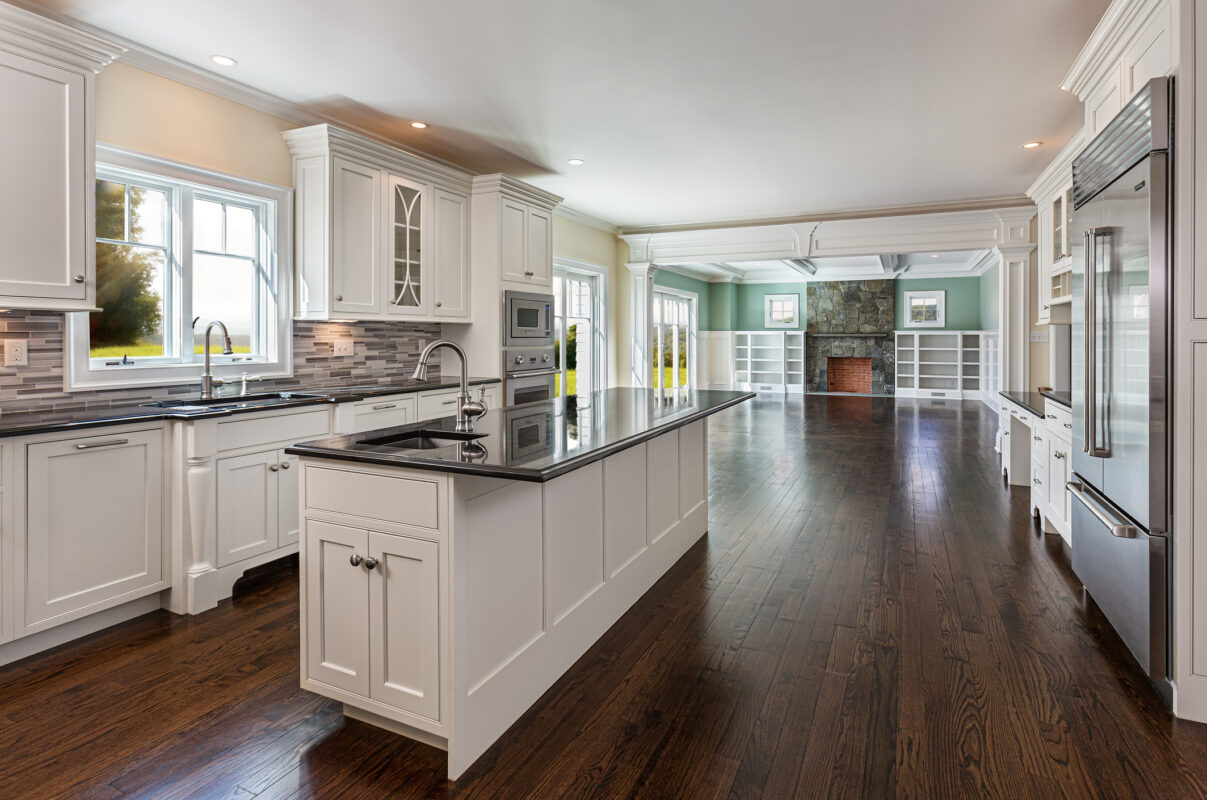Cabinetry, Plywood, Router Bits
The Benefits of Using a CNC Router in the Cabinet Industry
CNC Routers have had a huge impact on the cabinet industry since their introduction. We have come a long way since the pod and rail style machines the industry started on. Here are some of the top benefits of using a CNC router for cabinet production:
Accuracy- CNC routers are highly accurate and precise, allowing for detailed and consistent cuts every time. This is particularly important in the cabinet industry, where even small measurements can have a big impact on the final product. The ability to edit a dado to be .48″ instead of half an inch and then extend that change across a entire production run in seamless fashion has many practical uses in even a small cabinet shop.
Speed- CNC routers work quickly and efficiently, allowing for higher production rates and shorter lead times. This can help cabinet manufacturers meet the demands of their customers and stay competitive in the market. An added benefit comes from the shorter lead times associated with raw materials versus pre-built cabinets. A CNC router gives you the power to pickup 30 sheets of material and in a weekend produce a kitchen.
Reduced Labor- CNC routers require minimal operator intervention, which means that fewer workers are needed to oversee the production process. This can lead to significant cost savings in terms of labor expenses.
Versatility- CNC routers can be programmed to perform a variety of tasks, including cutting, drilling, and routing. This means that cabinet manufacturers can use them to create a wide range of products with different shapes and sizes.
Quality- CNC routers produce high-quality products with a smooth finish and minimal waste. This can help cabinet manufacturers to create products that meet the high standards of their customers and stand out in the market.
Some of the most popular cabinet creation software’s include-
CabinetVision: CabinetVision is a comprehensive software solution that allows users to design, price, and manufacture cabinets. It includes features for designing custom cabinets and optimizing the cutting process for CNC routers.
AutoCAD: AutoCAD is a popular drafting and design software that can be used to create detailed plans for CNC routers to follow when building cabinets. It offers a wide range of features for creating precise drawings and models.
SketchUp: SketchUp is a 3D modeling software that can be used to design and visualize cabinets. It has a user-friendly interface and a range of tools for creating detailed models and drawings.
Vectric: Vectric is a software suite that includes a range of tools for designing and programming CNC routers. It includes features for creating detailed plans and optimizing the cutting process for building cabinets.
Ultimately, the best software for using a CNC router to build cabinets will depend on your specific needs and preferences. It may be worth considering a few different options and doing some research to find the software that best meets your needs.
There are several types of router bits that are commonly used when working with CNC routers to build cabinets. Some of the most common types include:
Straight bits: Straight bits are used for making straight cuts and edges, and can be used for tasks such as cutting dadoes and grooves, as well as trimming and shaping edges.
Chamfer bits: Chamfer bits are used for creating beveled edges on the corners of materials. They are often used to finish the edges of cabinet doors and drawers.
Roundover bits: Roundover bits are used for creating a rounded edge on the corners of materials. They can be used to give cabinet doors and drawers a softer, more finished look.
Dovetail bits: Dovetail bits are used for creating dovetail joints, which are a strong and attractive type of joint often used in cabinet construction.
Panel raising bits: Panel raising bits are used for creating raised panels, which are a common feature on cabinet doors.

